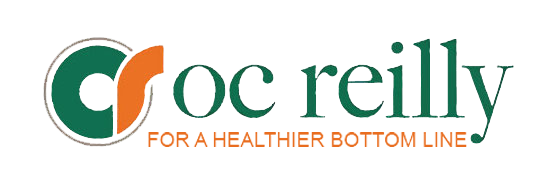OC Reilly Blog: Measure to Manage
By Mike Polaski, Vice President of Supply Chain, OC Reilly Inc.
(Jan. 12, 2014)–When you get right down to the essence of it, effective supply chain management is knowing what to measure, then measuring it, so that positive trends can be identified and replicated.
But, as with many things, the easiest ones to describe in theory can be the most challenging to carry out in practicality.
In the October 2014 edition of Healthcare Financial Management, an article titled, “Achieving Strategic Cost Reduction in the OR,” proves this point with clarity and power.
“Because surgery drives such a significant percentage of hospital costs, controlling spending in the operating room (OR) is critical to overall financial performance,” the story reads. “Most ORs, however, take a scattershot approach to cost reduction. Cost-control efforts are usually reactive…To achieve a meaningful reduction in surgical costs, hospitals need a way to identify the OR’s biggest cost-savings opportunities while providing practical cost-reduction targets.”
The article then explains just such a program – simple in design, yet requiring a focused dedication to carry out successfully. “A hospital can identify an overall supply cost savings goal by analyzing patient-encounter data for its 15 most costly procedures, and identifying the dollar figure under which 25 percent of cases fall for each procedure. After establishing savings targets, the hospital can achieve its goals through a range of approaches,” says the article.
“It provides the OR with cost-savings goals that can be considered realistic because the surgery department is already achieving them 25 percent of the time…the organization can achieve significant results (because) an OR’s top 15 procedures can easily represent 50 percent of the department’s supply costs…Efforts to control costs for these procedures will have a major impact on total spending.”
A long-established business principle states that if you can measure it, you can manage it. Supply chain experts may know – and practice – this principle better than most. Measure to manage, and engage supply chain consultants to help determine the variables to be addressed to help achieve the greatest positive impact for your organization.
